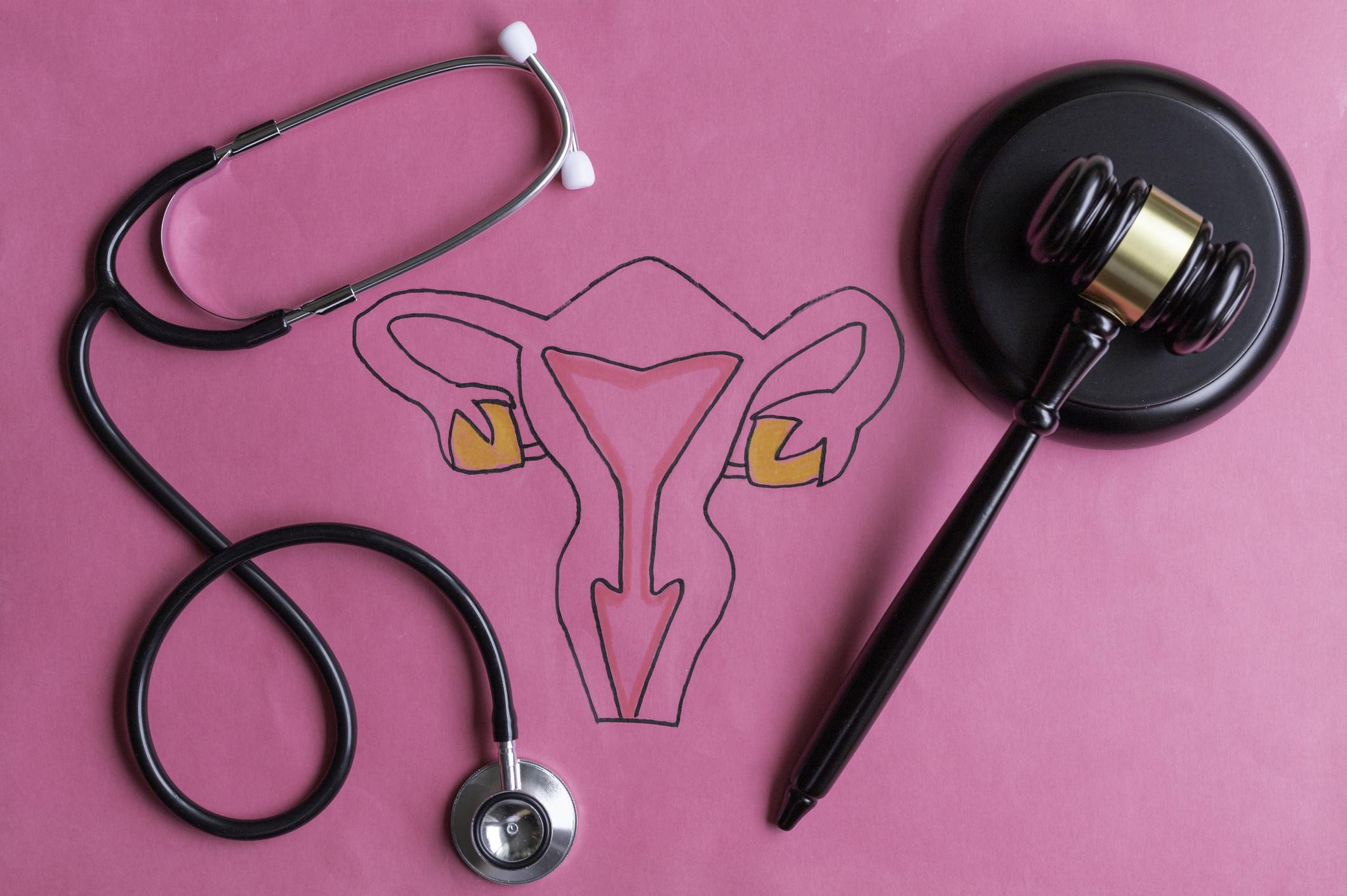If in France, the debate focuses today on the lengthening of the duration of voluntary termination of pregnancy, in other latitudes, laws require women to carry their pregnancy to term at all costs. Even in cases of rape, incest or vital risk for the mother.
-1608026081.jpg)
- In France, the debate concerns the extension of the period during which abortion is authorized
- In Argentina, the legalization of abortion is under debate in parliament
- In Eastern Europe, several countries are tempted to back down on this issue of abortion
Nothing is taken for granted, nothing is set in stone. Since the legalization of voluntary termination of pregnancy (IVG) in 1975 by the Veil law, the conditions of access for women to abortion continue to be discussed. On October 2, 2020, the National Consultative Ethics Committee (CCNE) was seized by the Minister of Health, Olivier Veran, on the issue of extending the legal abortion period from 12 to 14 weeks of pregnancy (i.e. 14 to 16 weeks of amenorrhea). In its response of December 11, CCNE decided not to oppose this extension, which was adopted at first reading by the National Assembly on October 8, 2020.
Disparities around the world
If in our country, the use of voluntary termination of pregnancy remains under debate on the point of the duration allowed to perform the intervention, all women in the world do not benefit from this option. Today, all eyes are on Argentina. In this South American country, abortion is still not allowed. If on December 11, the deputies approved at first reading the legalization of abortion, there is still a long way to go before the bill is finally adopted. Already in 2018, a similar proposal was adopted by the deputies before being rejected by the senators.
In a recent survey commissioned by the Argentinian firm Poliarquía Consultores, nearly one in two respondents (48%) wanted voluntary termination of pregnancy to be used only in certain circumstances. Similarly, 48% of respondents were against the decriminalization of abortion in Argentina, and 41% considered it useful to make abortion legal.
Closer to home, the opposite situation is occurring in Poland. First completely free and authorized during the communist period, voluntary termination of pregnancy is slowly regressing. The rules have been tightened and abortion is now only possible for very specific conditions (rape, incest, vital risk for the mother, serious malformation of the fetus). Since October 22, 2020, Polish women have been fighting against the Constitutional Court, which considers that the malformation of the fetus is not a reason for abortion, while this choice is used in 98% of cases. By prohibiting the most popular solution, this amounts to penalizing abortion, which will mechanically lead to clandestine abortions which represent, ironically, a vital risk for the mother.
Abortion is not only a reflection of the tensions of a society over birth, but also a political weapon to please the most conservative. In Hungary, President Victor Orban drew inspiration from his Polish neighbor to promote the family and restrict access to abortion. In the country, the Constitution stipulates that the fetus must be protected from conception, making difficult the circumstances that can lead to an abortion. This indirectly produces “abortion tourism” for Hungarian women seeking an abortion, by going to another country where the legislation is more flexible.
Abuse of the law in Asia
In terms of abortion, the Asian continent is a particular example. Although the vast majority of countries authorize abortion, it is misused here for utilitarian purposes. In these societies, boys are valued because they “carry” the honor of the family, are able to pass on the name (and thus ensure the descent of the lineage) and are useful for physical work, which makes them labor forces in the countryside. Conversely, girls are often left behind, as they cost money (for food and education), lose their family name and are seen as less useful in agricultural work.
This policy, exacerbated by the one-child policy between 1979 and 2015, will lead in China to massive recourse to abortion, both wanted and forced (but also to infanticide) to eliminate future unborn girls. Similarly, in India, abortions are more frequent in the case of a girl than a boy. In the two most populous countries of Asia, these abortions used excessively against girls since the end of the XXand century have created an asymmetry in the population. This is the reason why the Asian continent is the only one to be predominantly male, with millions of single men, unable to find a wife.
Finally, let’s not forget that in some countries, abortion remains completely illegal, even in cases of rape, malformations or vital risks to the health of the mother. This is particularly the case in El Salvador, where abortion is considered an aggravated homicide, which incurs a heavy prison sentence, both for the mother and for the practitioner who helped her. This policy goes so far that miscarriages are themselves considered homicides. Moreover, in this country with the most restrictive legislation in the world in terms of abortion, health professionals are required to denounce women who wish to terminate their pregnancy, under penalty of being considered as accomplices in the “crime”.
















